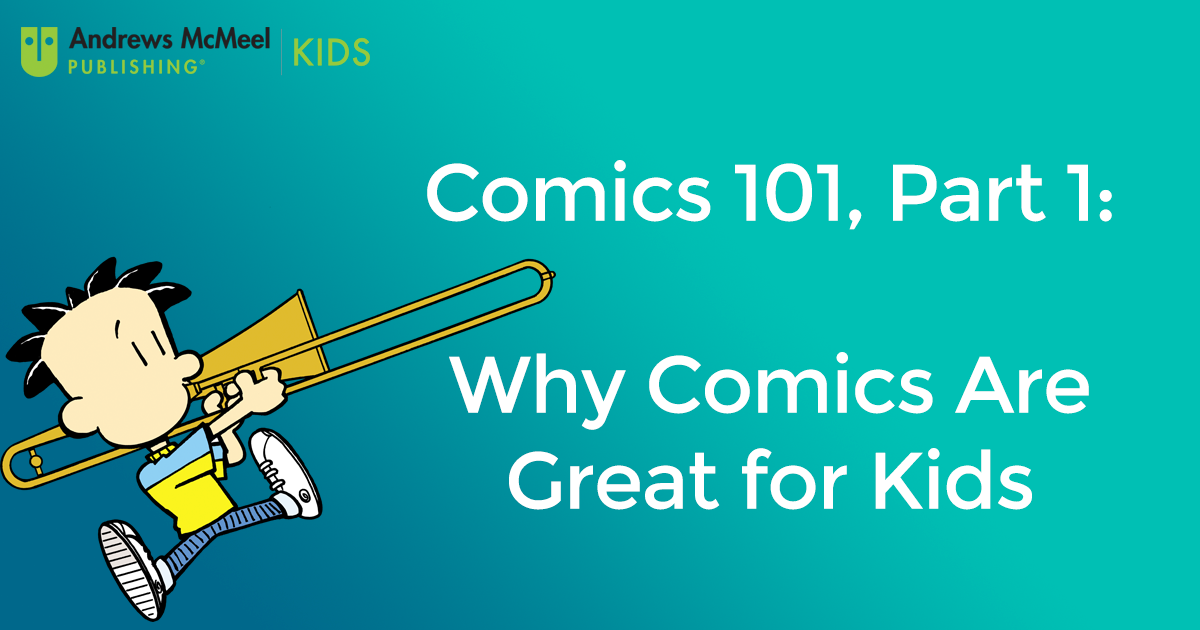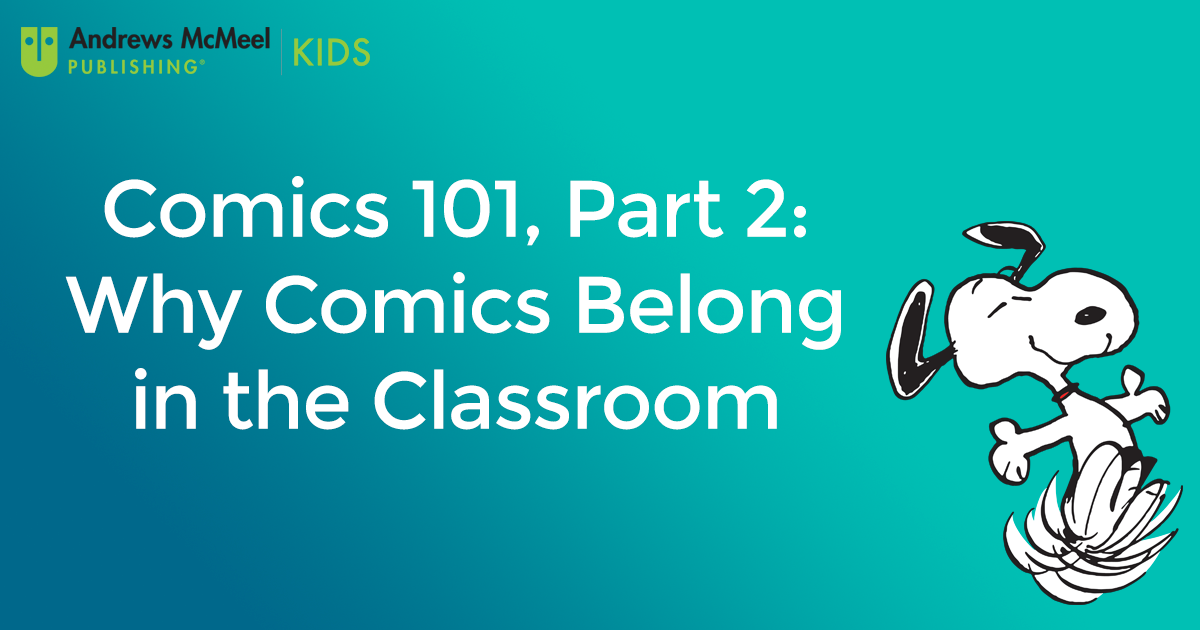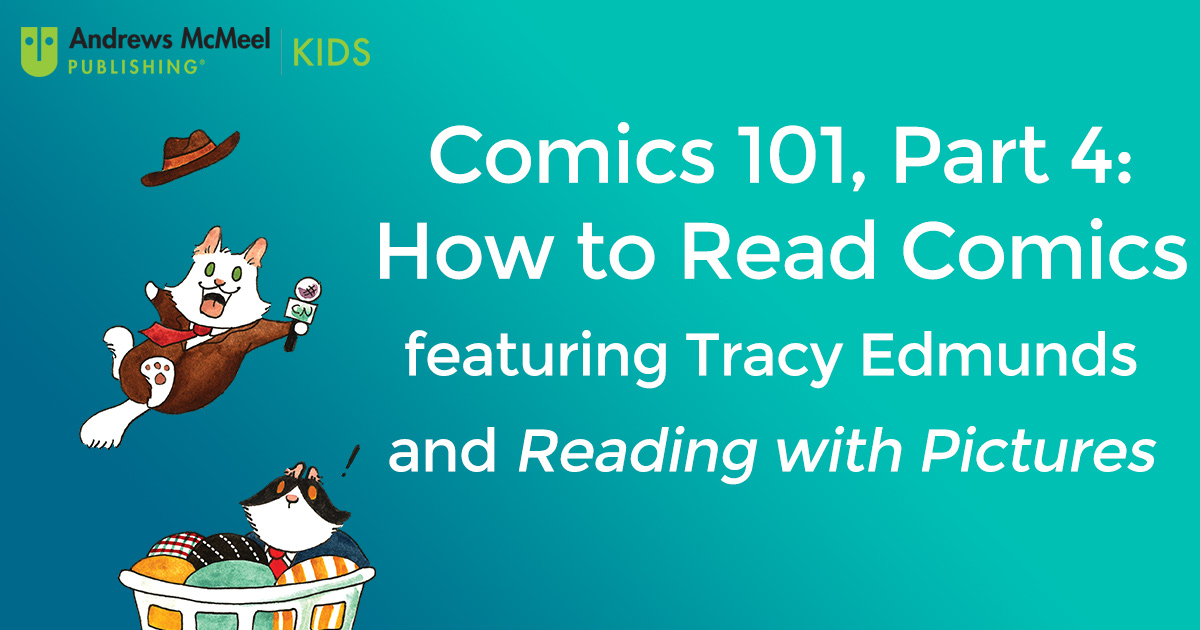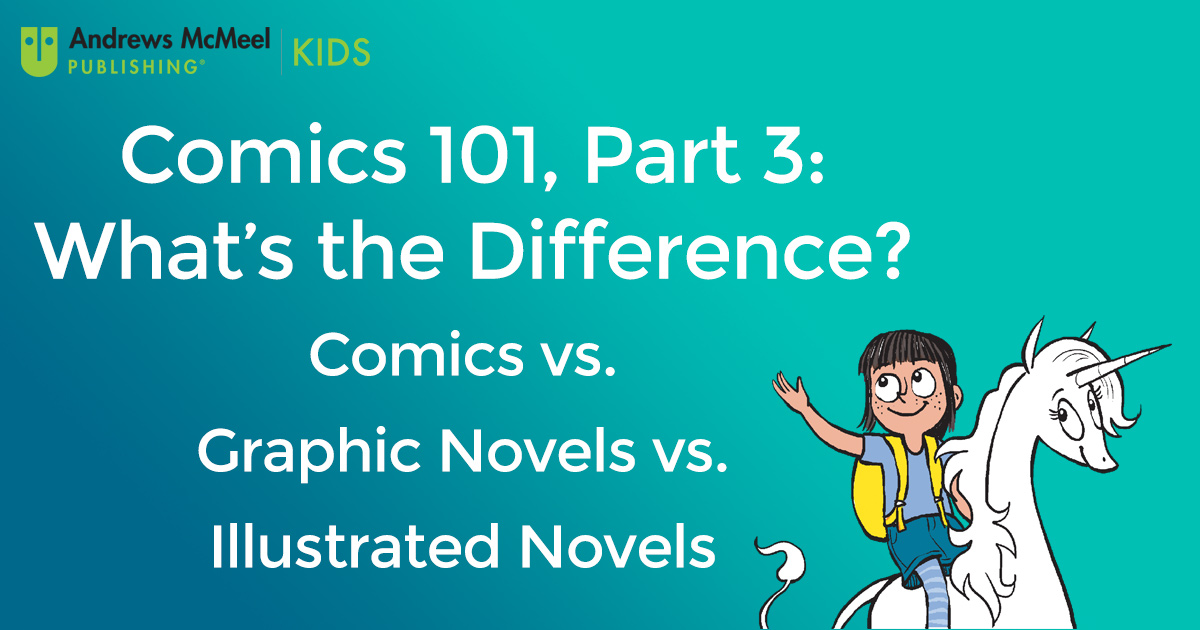
When we say “comics,” you might think of two things: 1) a splash of humor in an otherwise depressing morning newspaper or 2) “nerds” at Comic-Con. While we happen to think both of those things are FANTASTIC, that’s like saying “dessert” can only refer to cake or pie. It’s just not true! And life would be sadder and less fun if it were. Just as there are an infinite number of sugary sweets, comics can come in all shapes and sizes.
What are “comics” anyway? It’s become a catch-all term for what Will Eisner (literally the #1 Comics Hall of Famer) dubbed “sequential art,” which basically describes a series of images arranged one after another to convey… something, usually a story or joke, sometimes just an idea. Pretty vague, right? That’s on purpose. Comics’ open-ended definition leaves room for a huge variety of storytelling techniques, dating all the way back to hieroglyphics and cave drawings. In the thousands of years since then, people have started asking for more specific categories. Here’s a crash course on the most common varieties:
Comic Strips
Short-form sequential art, often humorous and typically found in newspapers or as online “web comics.” Some strips feature story arcs that stretch over a period of several days, but many are single-serving stories fit into four or five panels and a handful of punchy speech bubbles. One of the big draws is that, while serialized, most comic strips don’t worry about continuity. Every day is a new adventure, but with the same beloved characters.

From Unicorn Bowling: Another Phoebe and Her Unicorn Adventure by Dana Simpson
Comic Books
Sequential art in pamphlet or magazine format. Superheroes used to be the name of the game here, but if you like your plot with less “POW!” and your protagonists with fewer brooding backstories, don’t worry. There’s a lot to choose from. Archie was a trailblazer here long before he and his friends got their Riverdale makeovers, but more recent serialized comic books like Lumberjanes and Tiny Titans have kept readers flocking to the comic book store on the regular for new issues. And those are just American examples! Manga—Japan’s distinctive style of comic book—made a transpacific splash around the world.
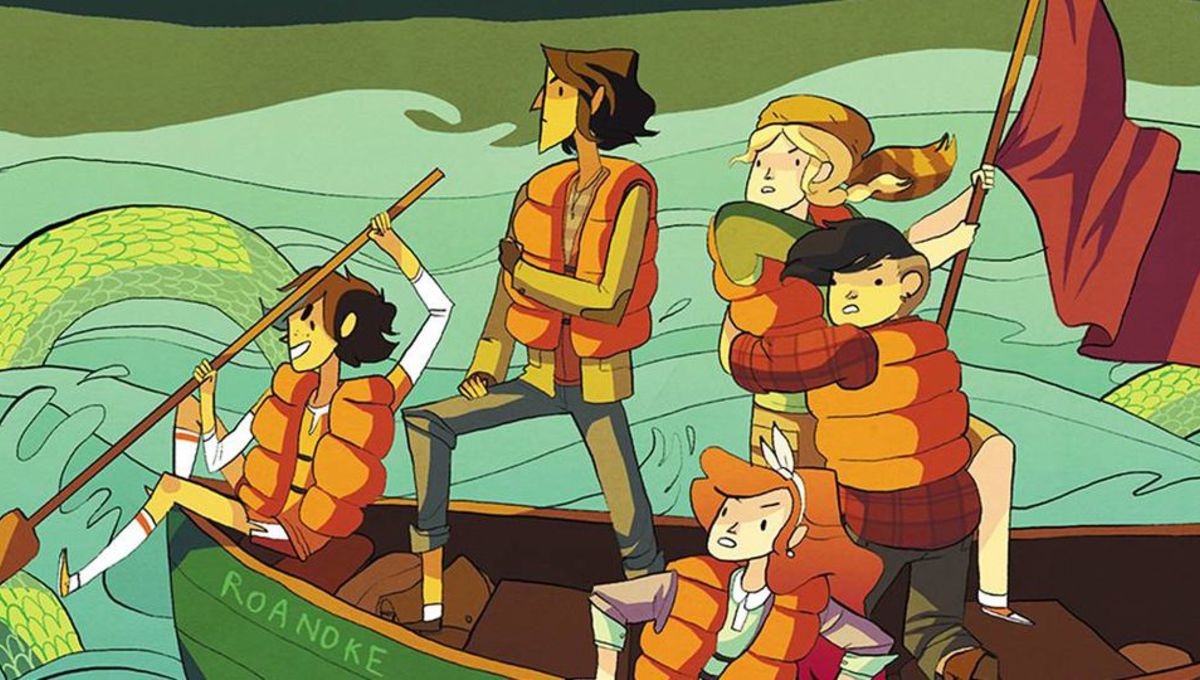
From Lumberjanes by Shannon Watters, Grace Ellis, Brooklyn A. Allen and Noelle Stevenson, via Boom! Studios
Graphic Novels
Long-form sequential art akin to a novel in length and narrative complexity. Unlike comic books, a graphic novel’s story usually isn’t serialized; its whole narrative is contained in one nice, portable package. Once upon a time, graphic novels had to be dark and gritty to be taken seriously, but fantastically colorful works like Raina Telgemeier’s Smile and Gene Luen Yang’s American-Born Chinese have proven that a compelling story can use more colors than just black and very, very dark gray. And in recent years, graphic novels have become an increasingly popular gateway to classics, reimagining old favorites like Anne of Green Gables with a fresh, accessible format.
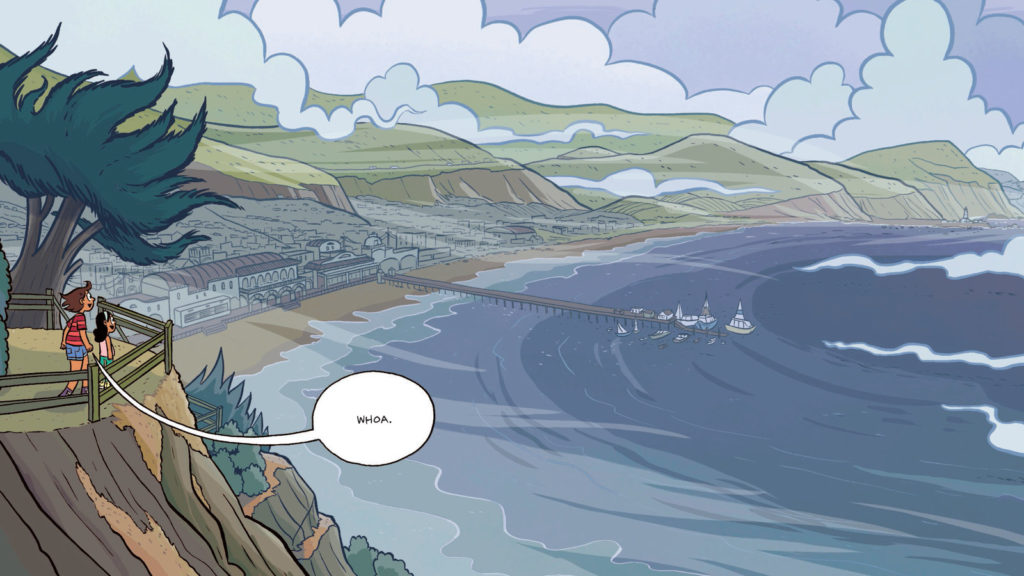
From Ghosts by Raina Telgemeier, via Scholastic
Illustrated Novels
A hybrid of sequential art and prose, but without panels. Kind of like a picture book that grew up to become a novel. These come in all forms, some of which even incorporating comic-strip sequences, but one illustrated novel mainstay is that the images and text are interdependent. Could Diary of a Wimpy Kid explain playground politics without both a visual and written description of the dreaded cheese touch? Could Captain Underpants “tra-la-laaa” fear into the hearts of evildoers without the bright starch of his tighty-whities leading the way? Maybe. But it wouldn’t be nearly as much fun.
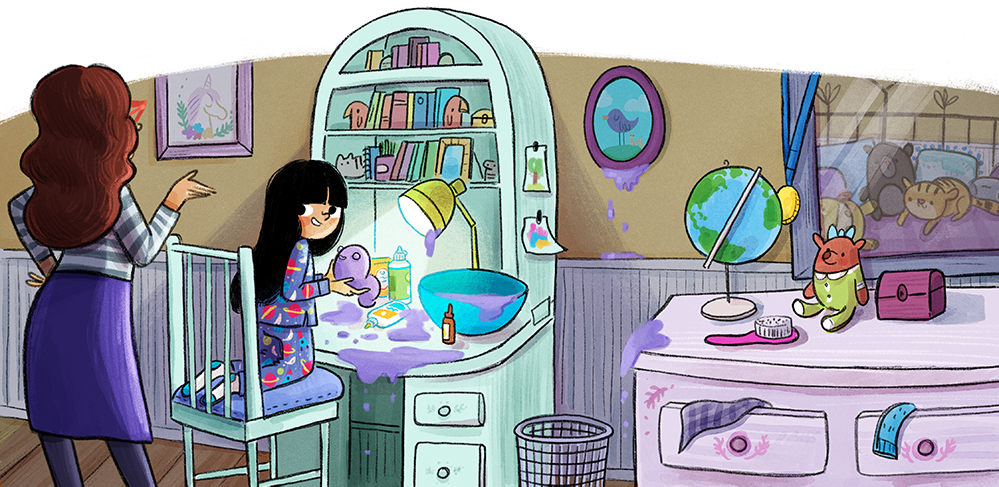
From the upcoming Epic! Originals illustrated novel My Pet Slime, coming Fall 2019
Now you get the idea, but these categories are far from concrete. Comics creators are always coming up with exciting new ways to tell stories, and we’ll always be excited to dive right into them. Stick around next week for more Comics 101!
Comics 101

